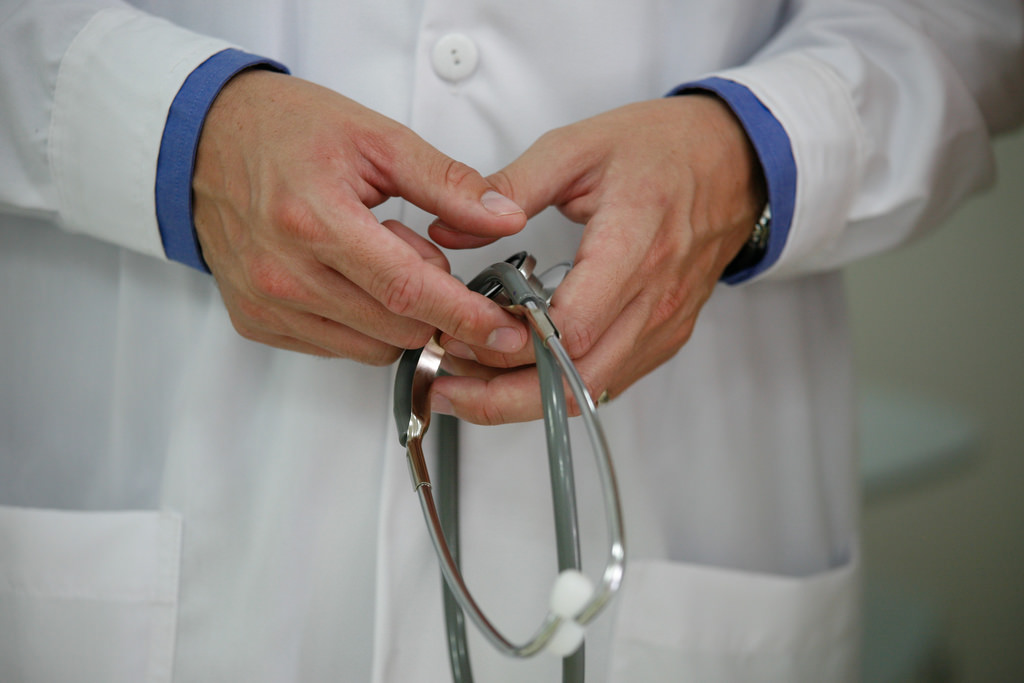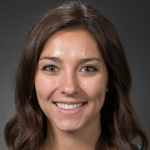Note from the Editors-in-Chief: September is National Suicide Awareness Month. As such, this article addresses physician suicide, an issue which already has or will likely affect all physicians. If you or a friend is struggling and considering self-harm or suicide, please contact your program director, Student Affairs, a mental health provider, or another trained professional. The National Suicide Prevention Lifeline is available 24 hours per day, seven days per week: 1-800-273-8255.
Physician suicide is a nationally recognized problem in the healthcare community. The Journal of the American Medical Association (JAMA) released a consensus statement in 2002 regarding physician suicide, with a call to action for more attention and priority given to mental health in physicians, residents, and medical students, without punitive results[1]. Since the release of this statement, physician suicide rates have not changed[2], with rates of suicide for physicians being significantly higher than the general population[3][4].
Other studies have found that students entering medical school have better than average mental health with lower burnout than their counterparts who are not in medical schools, but that mental health declines significantly by graduation[3][5][6]. Specifically, third and fourth year take a toll on the mental health of medical students, with depression and suicidal ideation increasing during the last two years[5][6].
As a current third year medical student, I find these statistics unsurprising. Many of my classmates have expressed difficulty during third year, and more than once I have heard a colleague say that they were disappointed, sad, frustrated, or unhappy. However, it is infrequent that I hear a medical student use the word depression. In fact, I have not heard a classmate from my cohort say this, only upperclassmen.
It is nearly impossible to pinpoint why there is a culture of silence surrounding depression and suicide in medical school, residency, and beyond. In the JAMA consensus statement, Center et al. report that physicians in training and attending physicians may fear difficulty with licensing if they have a diagnosed mental illness[1]. Medical students report worries about their colleagues’ opinions if they admit to depression or anxiety[5][6].
While I have not heard much regarding licensing and mental illness, I am distinctly aware of an inability to speak of weakness or distress in medical students. After starting rotations, it is infrequent to encounter classmates who aren’t in the same clerkship due to schedule constraints. When inquiring about the wellbeing of other medical students, a frequent response given is “surviving.” This is especially true for those who are rotating in a field that they are not interested in as a career.
Upperclassmen are enormously helpful prior to starting third year, giving tips and tricks for doing well on rotation and suggesting study tools, books, and online resources. Often as an afterthought, wellness advice is given: Make sure you take care of yourself; Self-care is the most important part of third year; Don’t give up your life during rotations. While all other advice is often given over about half an hour, wellness often takes less than two minutes to address. In this slew of advice, there are several hard and fast “rules” to follow during clerkships. Don’t complain. Don’t ask to go get food until given permission. Don’t say that you’re tired, or worn out, or sick. There is an emphasis on professionalism, which is often interpreted by students as a mandate to be indestructible.
With this inability to express basic needs comes a certain feeling of fatigue and helplessness. A medical student doesn’t get to choose what time he or she eats, sits down, or even has an intellectual break. These are frequently decided for us by resident or attending schedules. Residents often have even less choice. While a resident can send a medical student for lunch while he or she is doing work, that resident must complete his or her note, patient assessment, or procedure before resting. Frequently, this means that the resident is unable to take care of his or her own needs. How much self-sacrifice can be tolerated? Of course, this question must be answered on an individual basis, but to me it seems that any person would eventually be unable to cope.
The advent of duty hours for residents and a slowly changing culture are small steps towards begetting importance upon physician wellness. More needs to be done to help physicians adjust to the stresses of life and work while balancing home and family life. The phrase “do no harm,” frequently misattributed to the Hippocratic Oath, is one of the most repeated adages regarding the work of a physician. Perhaps it is time to include “do no self-harm” as well.
Available resources for medical students, residents, faculty, and staff:
Counseling services
– Katy Fielder, PhD, LLC and Laura Huser, PhD, LLC of the Anxiety Resource Center, 602-604-9440, http://rethinkanxiety.com/
– ASU Counseling Services, 602-496-1155 (Downtown Phoenix), 480-965-6146 (Tempe)
– NP Healthcare at the College of Nursing and Health Innovation Building, 602-496-0721
Crisis Resource: https://www.health.arizona.edu/crisis-resources-and-hotlines
Wellness Program resources: https://wellness.arizona.edu/
Prevention Hotlines:
– Empact Suicide Prevention Center: 480-784-1500 (Maricopa County), 866-205-5229 (AZ Toll Free), 800-784-2433 (National)
– Sexual Assault Hotline: 480-736-4949 (Maricopa County)
– The National Suicide Prevention Lifeline, 1-800-273-8255.
Urgent Psychiatric Care Center: 602-416-7600
- Center C, Davis M, Detre T, et al. Confronting Depression and Suicide in Physicians: A Consensus Statement. JAMA. 2003;289(23):3161–3166. doi:10.1001/jama.289.23.3161
- Ey S, Moffit M, Kinzie J, Brunett P. Feasibility of a Comprehensive Wellness and Suicide Prevention Program: A Decade of Caring for Physicians in Training and Practice. Journal of Graduate Medical Education, 2016 Dec;8(5):747-753. doi: 10.4300/JGME-D-16-00034.1.
- Mata D, Ramos M, Bansal N, Khan R, Guille C, Di Angelantonio E, Sen S. Prevalence of Depression and Depressive Symptoms Among Resident Physicians: A Systematic Review and Meta-analysis. JAMA. 2015 Dec 8;314(22):2373-83. doi: 10.1001/jama.2015.15845.
- Schernhammer E. Taking their own lives—the high rate of physician suicide. N Engl J Med. 2005;352(24):2473–2476.
- Brazeau CM, Shanafelt T, Durning SJ, et al. Distress among matriculating medical students relative to the general population. Acad Med. 2014;89(11):1520–1525.
- Schwenk TL, Davis L, Wimsatt LA. Depression, stigma, and suicidal ideation in medical students. JAMA. 2010;304(11):1181–1190.
Bridget Ralston is a member of The University of Arizona College of Medicine – Phoenix Class of 2020. She graduated from Santa Clara University in 2015 with a Bachelor of Science in Chemistry and a French minor. She de-stresses by whipping up delicious treats (and subsequently devouring them), playing soccer, and cuddling with her cat, Tuxedo. She has a particular interest in healthcare for underserved communities.


